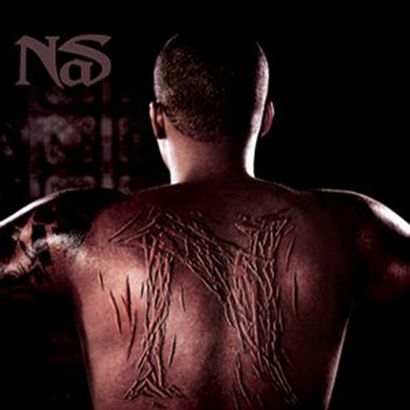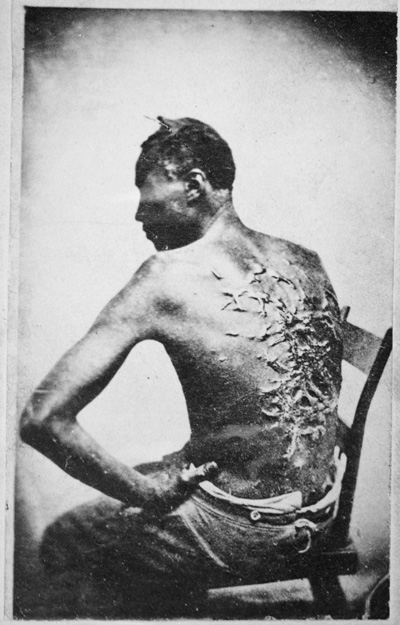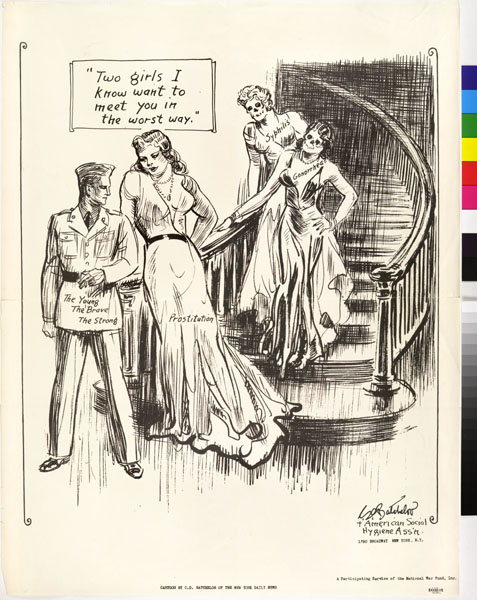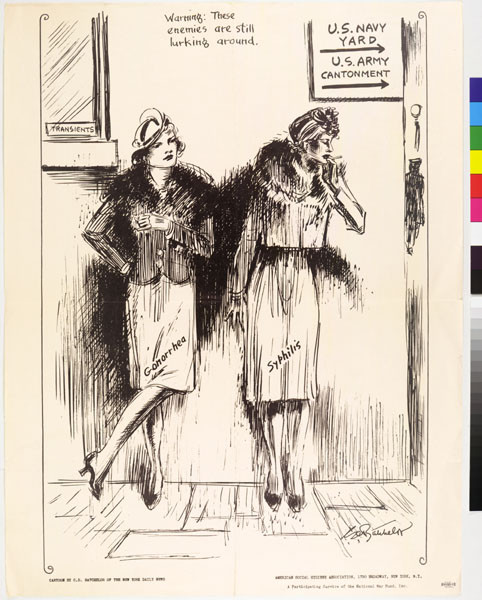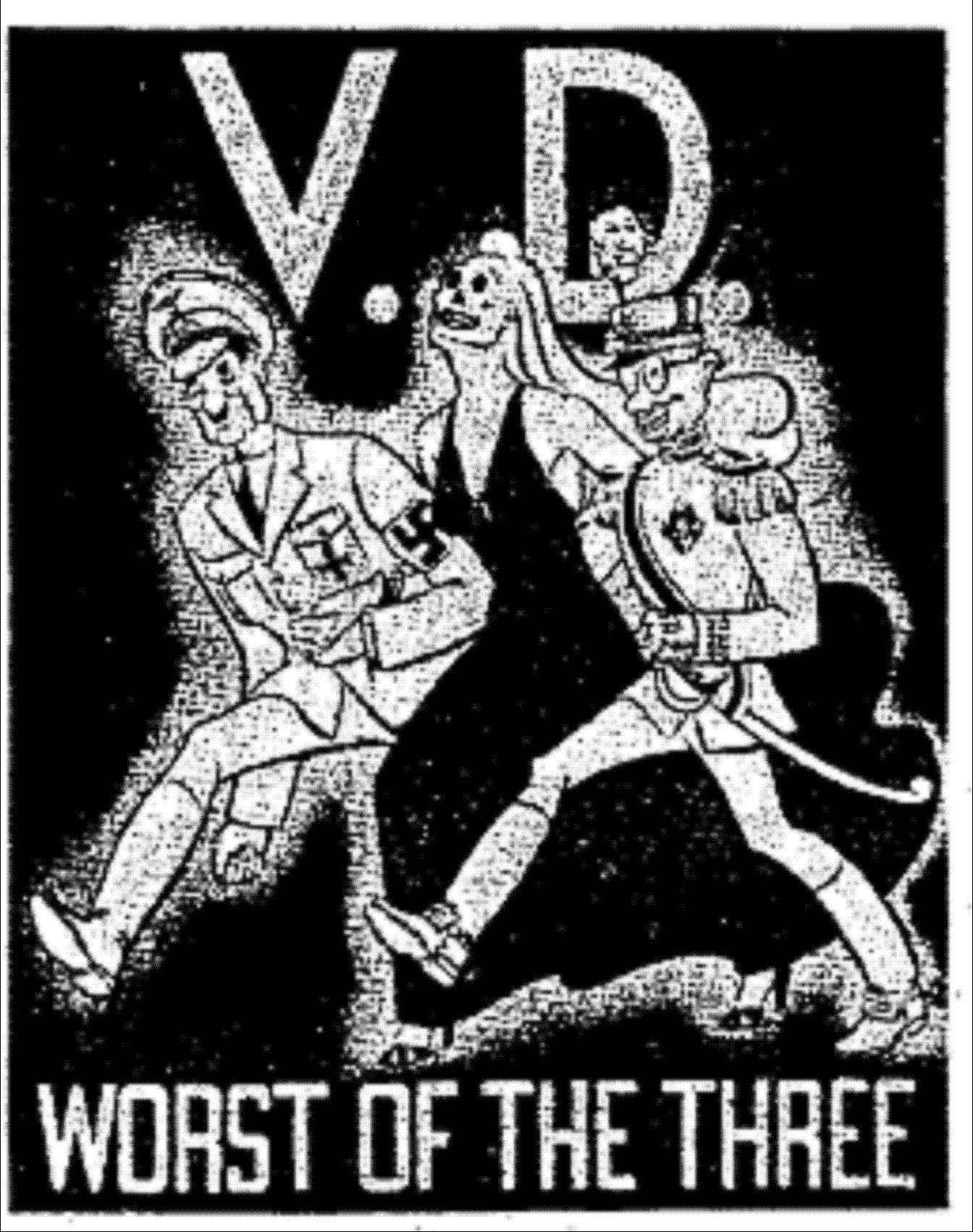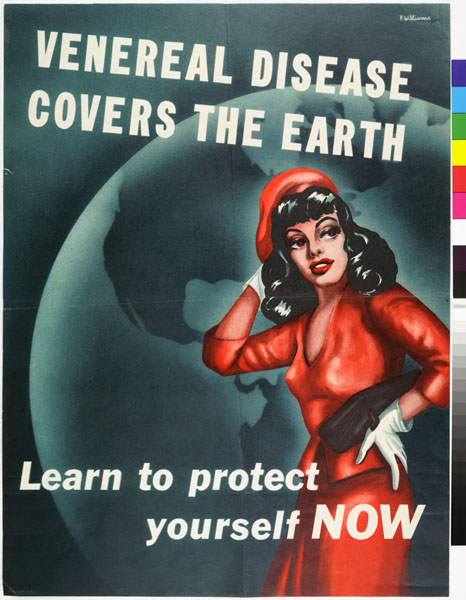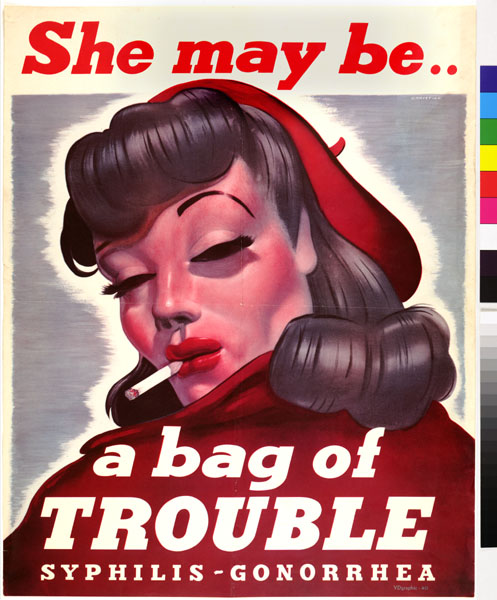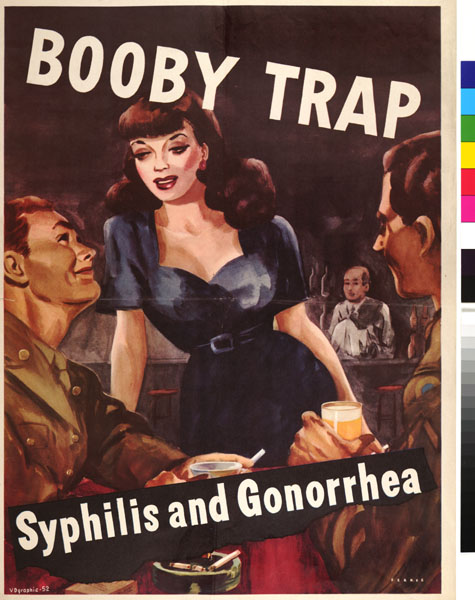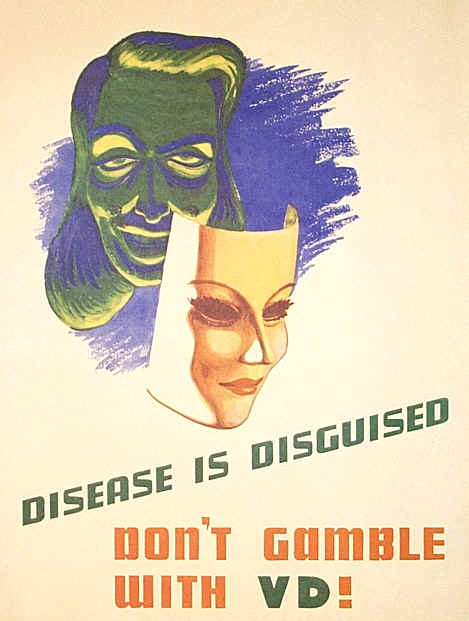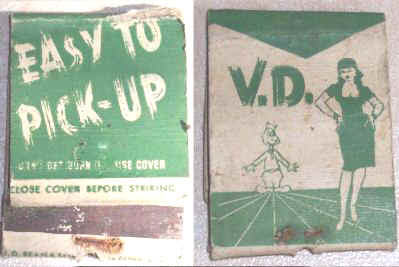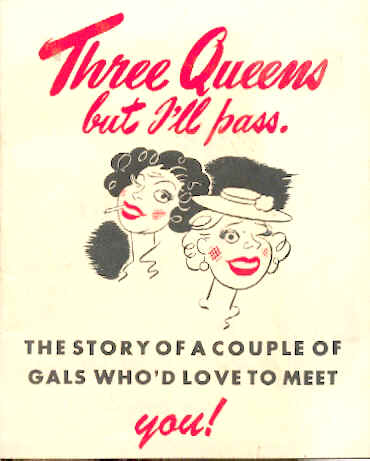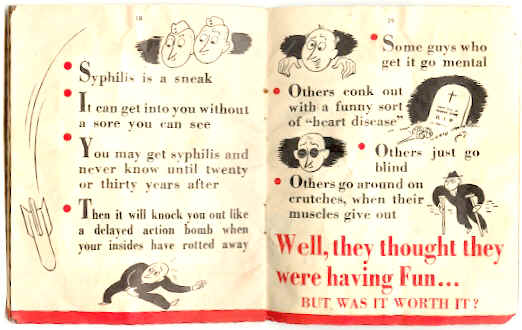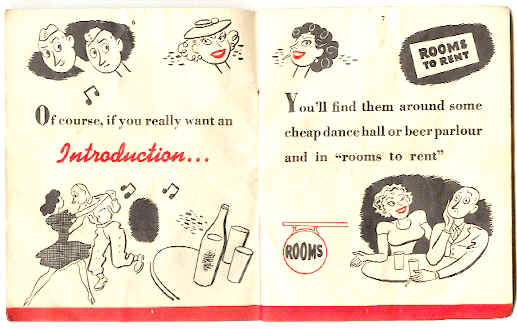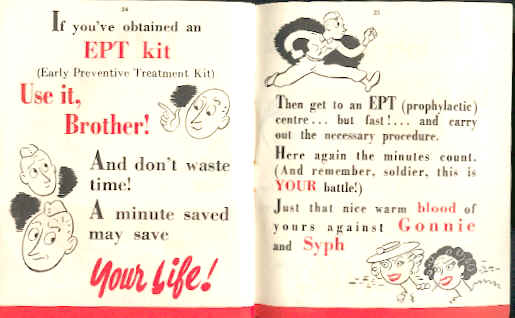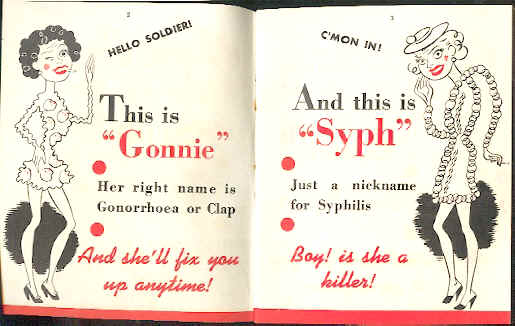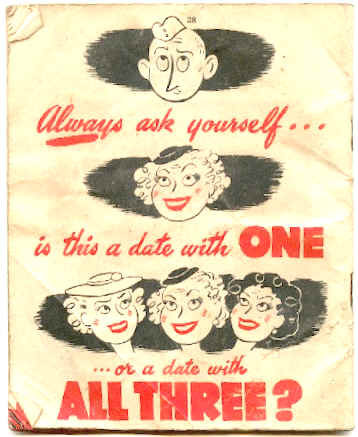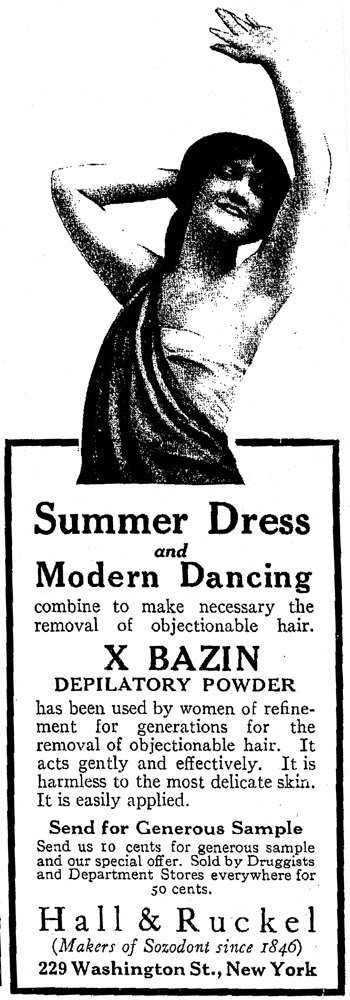Rap is fascinating in that, in the short history of the art form, it represents both the power of resistance by marginalized and disempowered groups and the power of appropriation by mainstream culture and capitalist commodification. With this in mind, I bring your attention to the cover of Nas‘ new album cover (tentatively set to release on July 1st) (found here):
The image immediately brings to mind (I can only imagine deliberately) the famous photograph of the back of a whipped slave from 1863 (found here). I’ll go ahead and put it after the jump, as it’s a very real and troubling historical photograph:
Considering rap’s contradictory past and present, how do you feel about this appropriation of this famous image for an album cover? And does it matter that, as far as I can tell by the (admittedly totally non-representative) comments on Perez Hilton, very few people seem to notice the historical reference?

